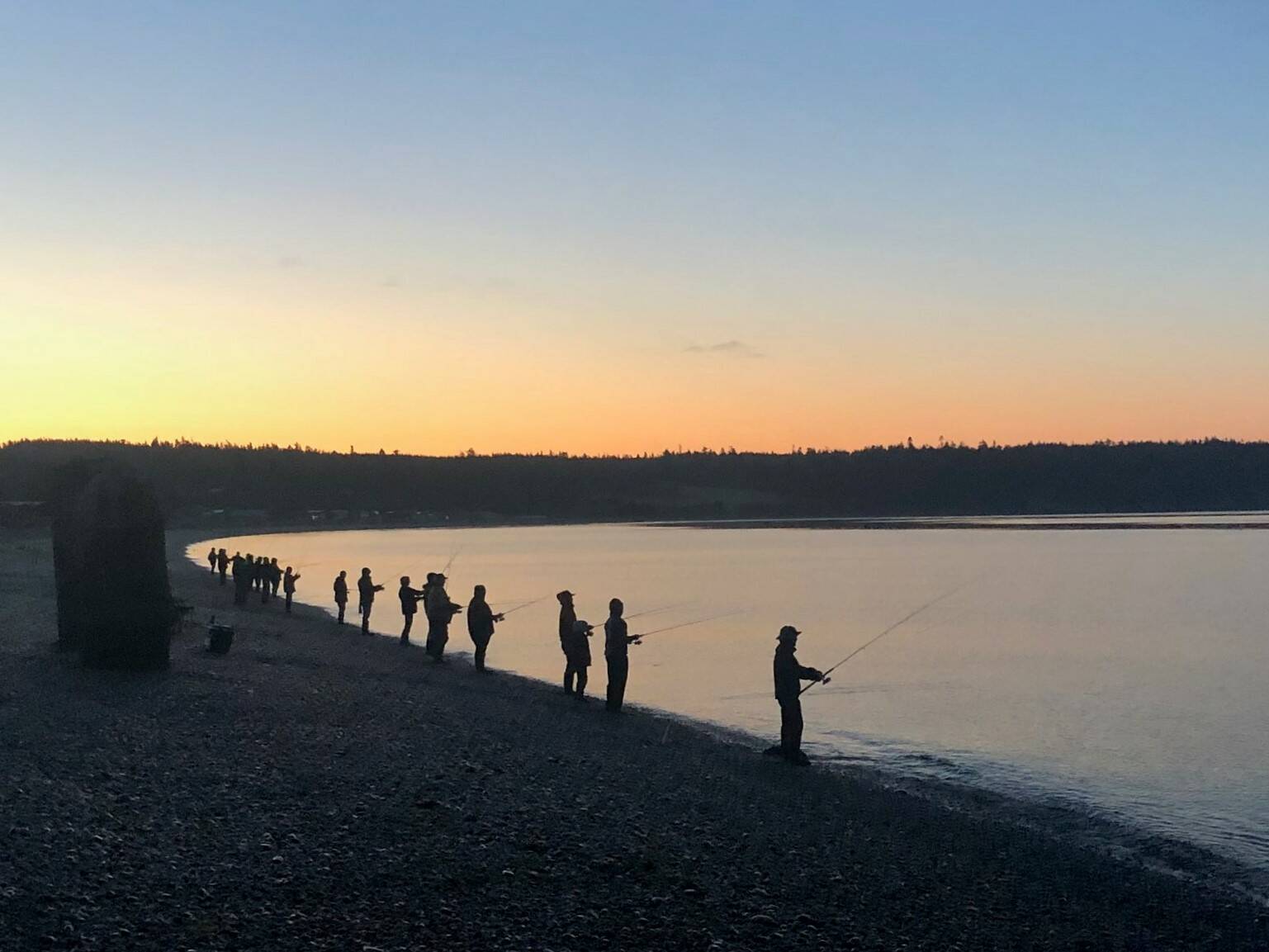Two organizations won grants from the state Recreation and Conservation Office for salmon recovery projects in Island County.
The office’s Salmon Recovery Funding Board announced last week that it awarded nearly $76 million in grants across the state to organizations working to ensure the survival of salmon in Washington.
The Whidbey Camano Land Trust received nearly $357,000 for a shoreline preservation project along Admiralty Bay, and the Skagit Fisheries Enhancement Group received over $149,000 for a culvert replacement project in Coupeville.
In June, the Whidbey Camano Land Trust purchased the Keystone Farm and Forest Preserve, a 226-acre waterfront parcel comprising shoreline, farm and forest land, for $6.5 million in its most expensive purchase to date. Land trust personnel have planned several preservation projects on the property, including the removal of a beach house and shoreline armoring along two-thirds of a mile of coastline.
“With armoring, the action of the waves removes the small gravel that salmon use to spawn as well as the plants where salmon find insects to eat,” said Susan Zemek, communications manager for the Recreation and Conservation Office. Nearly 30% of the Puget Sound’s 2,500 miles of shoreline have been armored, she added, and that doesn’t account for unpermitted structures.
Land trust Executive Director Ryan Elting said Admiralty Bay is an important area for migrating salmon because eelgrass beds on the property’s tidelands are a habitat for forage fish that make up a large part of the diet of salmon. Functioning feeder bluffs on the property provide sediments and nutrients that fertilize and sustain the eelgrass beds.
“The land trust is thrilled that the Salmon Recovery Funding Board recognizes the regionally important nature of this project for salmon and greater Puget Sound health,” Elting said.
The state Department of Natural Resources will remove the beach house and the large boulders, concrete blocks and creosote-treated wooden pilings that make up the armoring next summer, “restoring the natural shoreline function and eliminating a source of toxins to the marine environment,” Elting said.
The beach house and armoring removals are scheduled for next summer.
The Skagit Fisheries Enhancement Group will replace two culverts under Race Road near Coupeville that are undersized and “not 100% passable for juvenile salmon,” according to Kristin Murray, a restoration ecologist with the group. The culverts are located on two coastal streams that drain into Race Lagoon, an important pocket estuary for migrating salmon.
“This project will provide additional habitat areas for feeding, resting and sheltering from predators that are lacking and critical for the recovery of declining salmon populations in the Puget Sound,” Murray said. “Fish passage barrier removal is one of the most rapid and cost-effective ways of increasing the amount of accessible habitat for salmon.”
The grant money the group received will be used to design two fish passable structures to replace the existing ones. Design will be completed in 2024. The group and Island County are seeking additional grant funding for the construction phase of the project, which they would like to complete in 2025, Murray said.
Once construction is complete, juvenile salmon will be able to access an estuary where they can feed, rest and grow before venturing onward to the ocean, Zemek said.
“We know that the bigger they can get before they go to the ocean, the better chance they have of surviving and returning to spawn the next generation,” she said.



